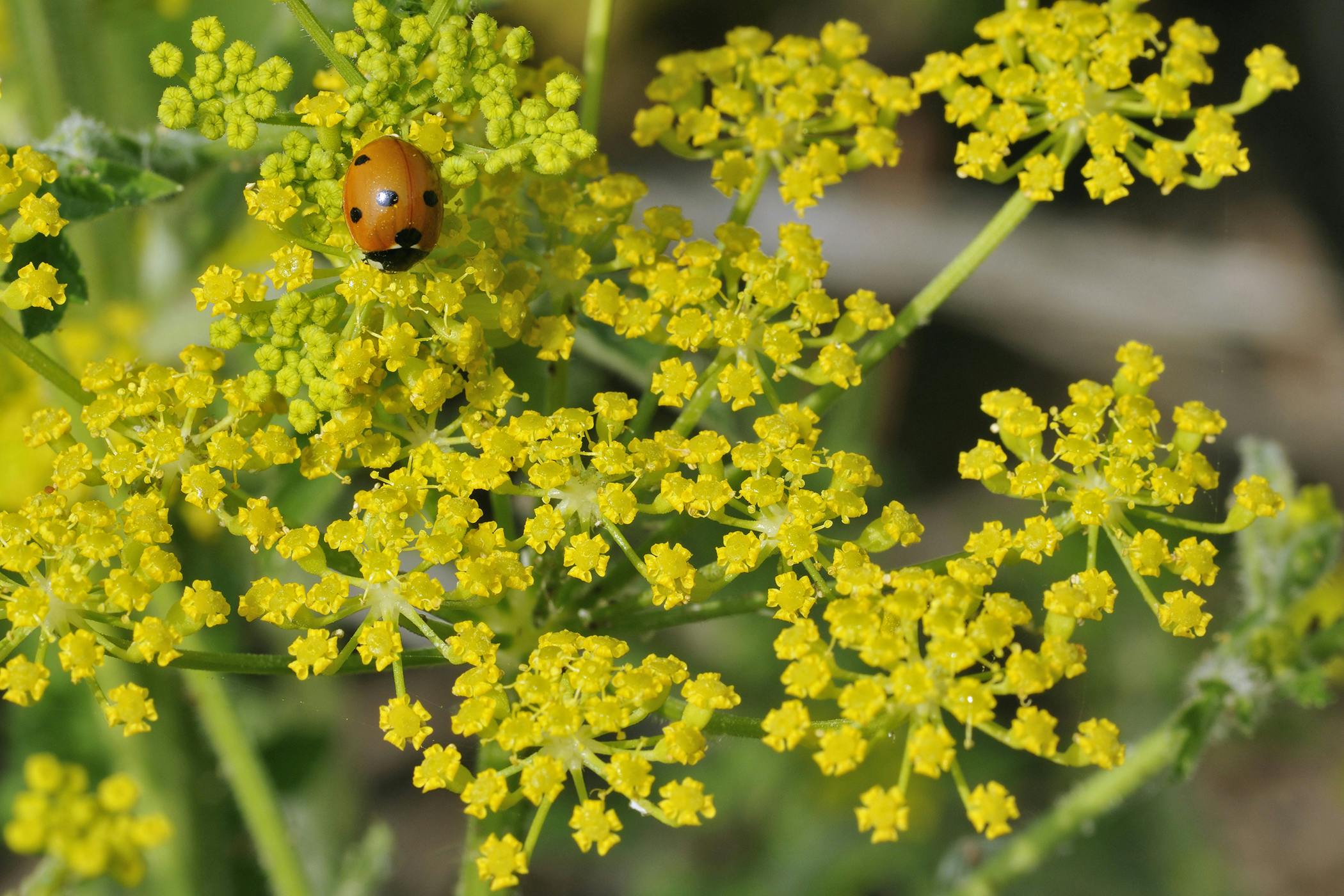

Skin sensitivity is greatest at flowering time. Additionally, the leaves of wild parsnip cause a painful and potentially serious rash on some people. NOTE: Although wild parsnip has edible roots, it should be avoided because of the possibility of confusion with poison hemlock. Wild parsnip produces huge amounts of seed, allowing it to persist and spread. The leaves of poison hemlock are usually more finely divided and its stems are hollow and purplish. Similar plants: Second-year plant is somewhat similar to poison hemlock ( Conium maculatum). Many small flowers with five yellow or white petals borne in umbrella shaped terminals – gives rise to yellow seed clusters, 2-6 inches across. Up to 18 inches long.įlower: May-August (second year). Leaves: Alternate, pinnately compound with coarse saw-tooth edges deeply lobed and not hairy. Second Year Growth Habit: 2-5 feet, branched, flowering plant. Large, three-lobed leaves resemble celery. Life cycle: Biennial, forming a rosette the first year and producing flowers and seed in the second.įirst Year Growth Habit: Rosette of basal leaves. parsnips, 3 cloves garlic Drain the parsnips well in a colander. Remove the lid and simmer for 10-15 minutes or until the parsnips are fork tender. Cover the pot and bring to a boil over medium high heat. The causative agent, the fungus Discula destructiva, was not described until 1991.Habitat: Wastelands, wet sites, roadsides and pastures, undisturbed ground. Place the parsnips and garlic in a large pot and fill with enough water to cover by 1'. These vegetables can vary in color from white to cream to pale. Dogwood anthracnose first appeared in the Pacific Northwest and soon spread to the eastern United States, eventually resulting in severe losses to natural stands of dogwoods in mountainous regions. Parsnips might look like pale carrots, but theyre a nutrient-packed root vegetable with a touch of spice, nuttiness, and sweetness. Unlike other forms of anthracnose, it thrives in cool climates. In the late 1970s a new form of the disease, known as dogwood anthracnose, was identified in North America. The severity of the infection depends on both the causative agent and the infected species and can range from mere unsightliness to death. Symptoms include sunken spots or lesions ( blight) of various colours in leaves, stems, fruits, or flowers, and some infections form cankers on twigs and branches. The causative fungi (usually Colletotrichum or Gloeosporium) characteristically produce spores in tiny, sunken, saucer-shaped fruiting bodies known as acervuli. Fries should be golden brown around edges and crispy when finished. Air fry at 400☏ for 20 minutes with the basket rotating as it cooks. Place the fries into the rotating basket attachment for an oven type air fryer. It commonly infects the developing shoots and leaves. Season and toss with avocado oil, rosemary, garlic powder and salt in a large bowl. Shade trees such as sycamore, ash, oak, and maple are especially susceptible, though the disease is found in a number of plants, including grasses and annuals.Īnthracnose causes the wilting, withering, and dying of tissues.


Pictures of parsnips how to#
COVID-19 Portal While this global health crisis continues to evolve, it can be useful to look to past pandemics to better understand how to respond today.Student Portal Britannica is the ultimate student resource for key school subjects like history, government, literature, and more.Demystified Videos In Demystified, Britannica has all the answers to your burning questions.This Time in History In these videos, find out what happened this month (or any month!) in history.#WTFact Videos In #WTFact Britannica shares some of the most bizarre facts we can find.Britannica Classics Check out these retro videos from Encyclopedia Britannica’s archives.

Britannica Explains In these videos, Britannica explains a variety of topics and answers frequently asked questions.


 0 kommentar(er)
0 kommentar(er)
